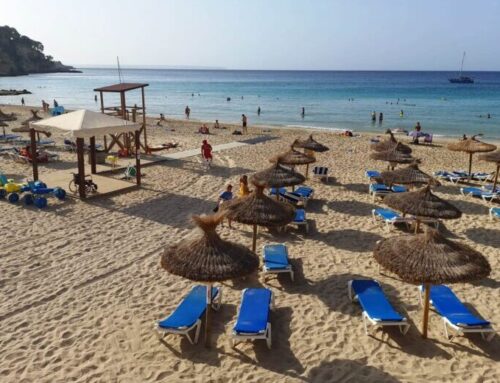The Spanish economy is holding up better than expected in 2022. In the first half of the year, due to domestic demand and tourism, and in the fourth quarter, due to exports and employment. In 2023 and 2024, external demand will contribute negatively, but the NGEU funds and less uncertainty will drive the recovery, which will be faster in the north of the country.
So says the report published by BBVA Research, which highlights the Balearic and Canary Islands as drivers of these data. The two archipelagos see their forecast improved in 2022 by the progress of tourism, particularly in the first half of the year, which is already above the levels of 2019.
The eurozone’s entry into recession and the exhaustion of the recovery in tourism will mean that the contribution to growth in external demand will be negative in 2023 and 2024. Even so, the Balearic Islands (2.4%) and the Canary Islands (2.1%) will continue to lead growth in 2023.
The biggest accelerations, especially from the second half of 2023 onwards, will be seen in the autonomous communities producing investment goods and automobiles and with exports to Europe and able to take greater advantage of the boost from the NGEU funds: the biggest upward revisions occur in 2023 in the Basque Country, Navarre and Galicia, while the rest of the northern communities will approach Spain’s average growth in 2023, to exceed or equal it in 2024.








Leave A Comment